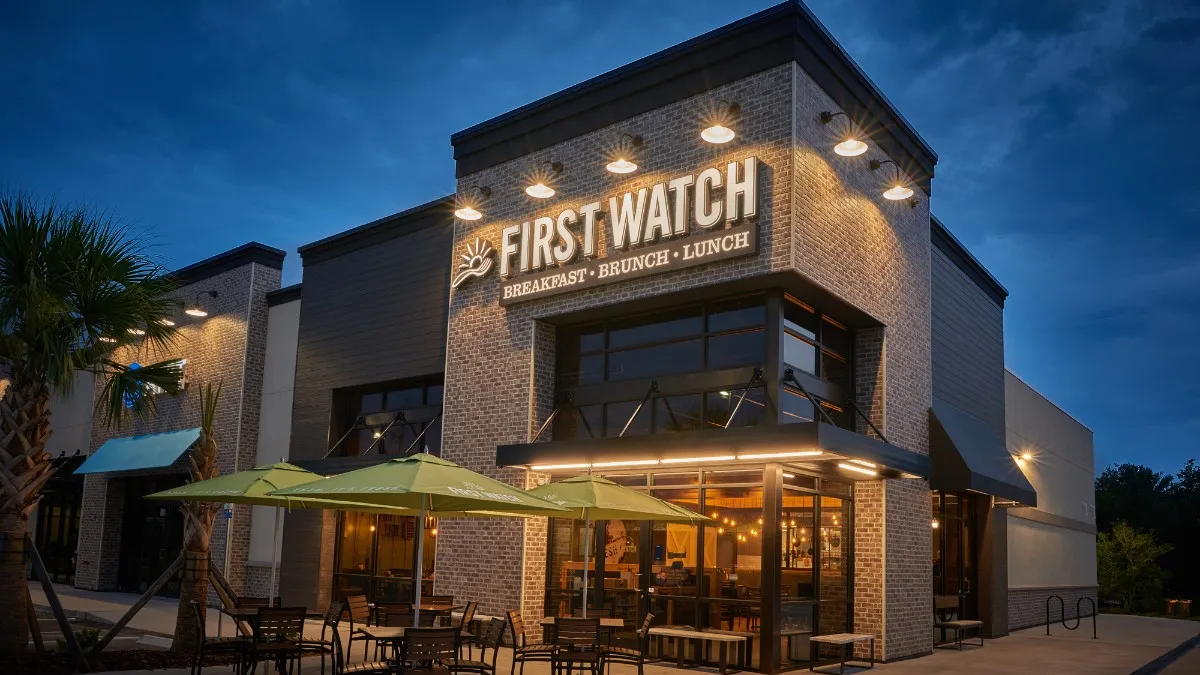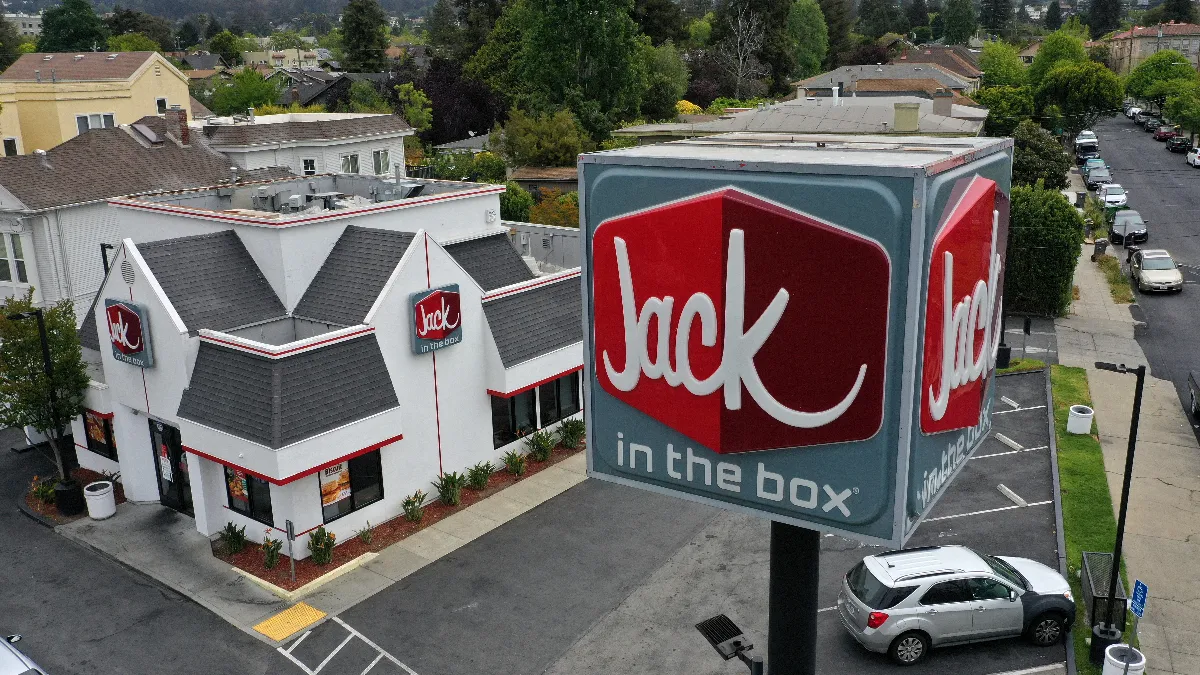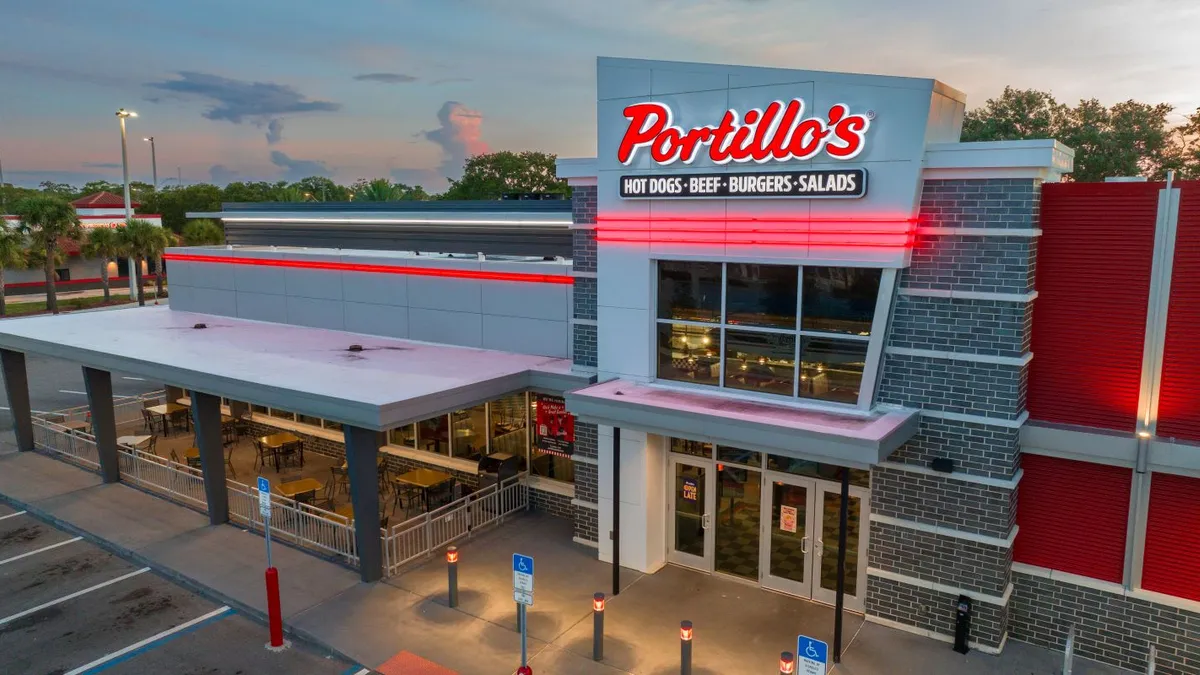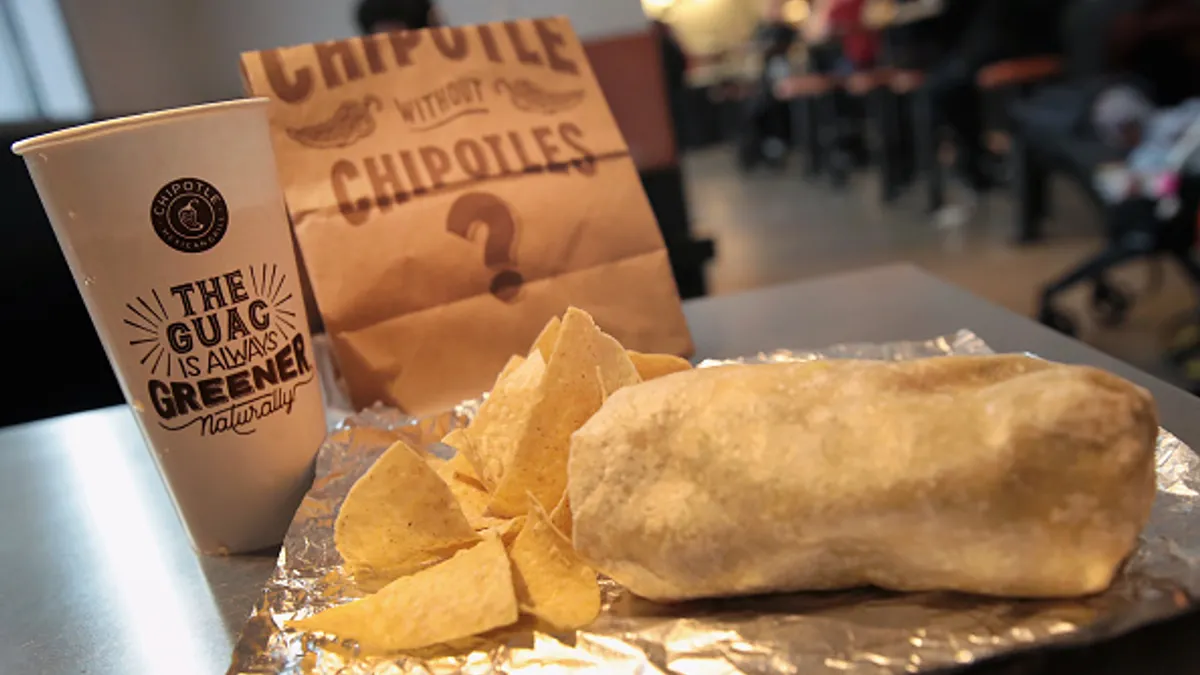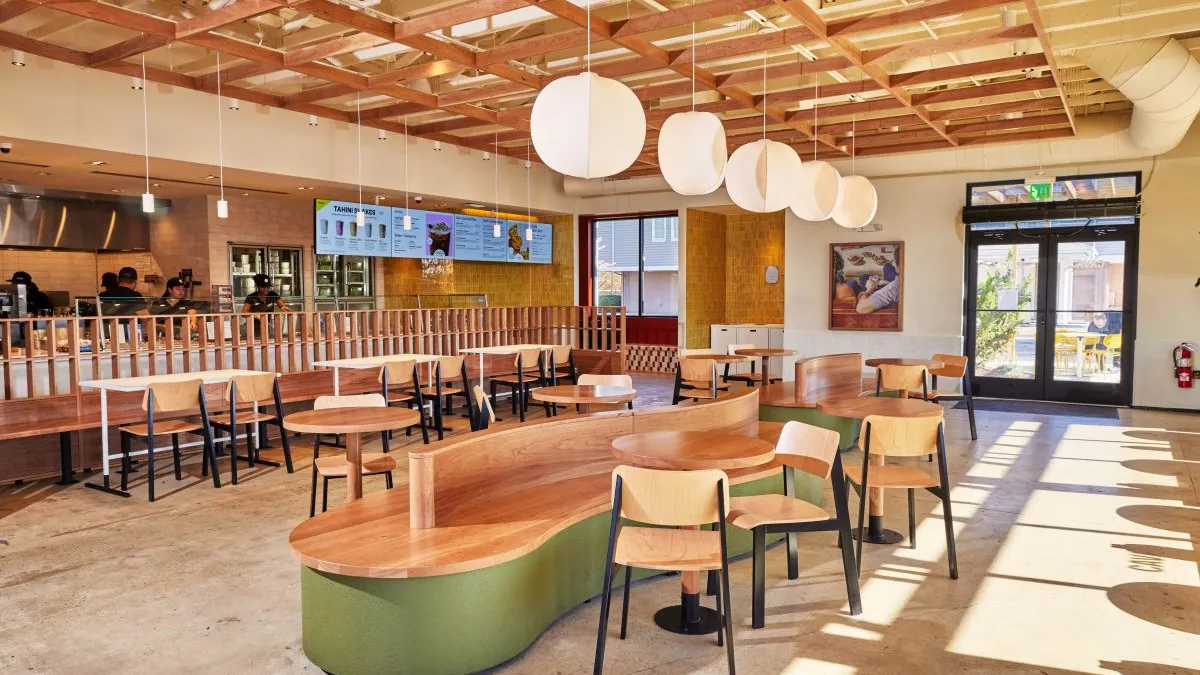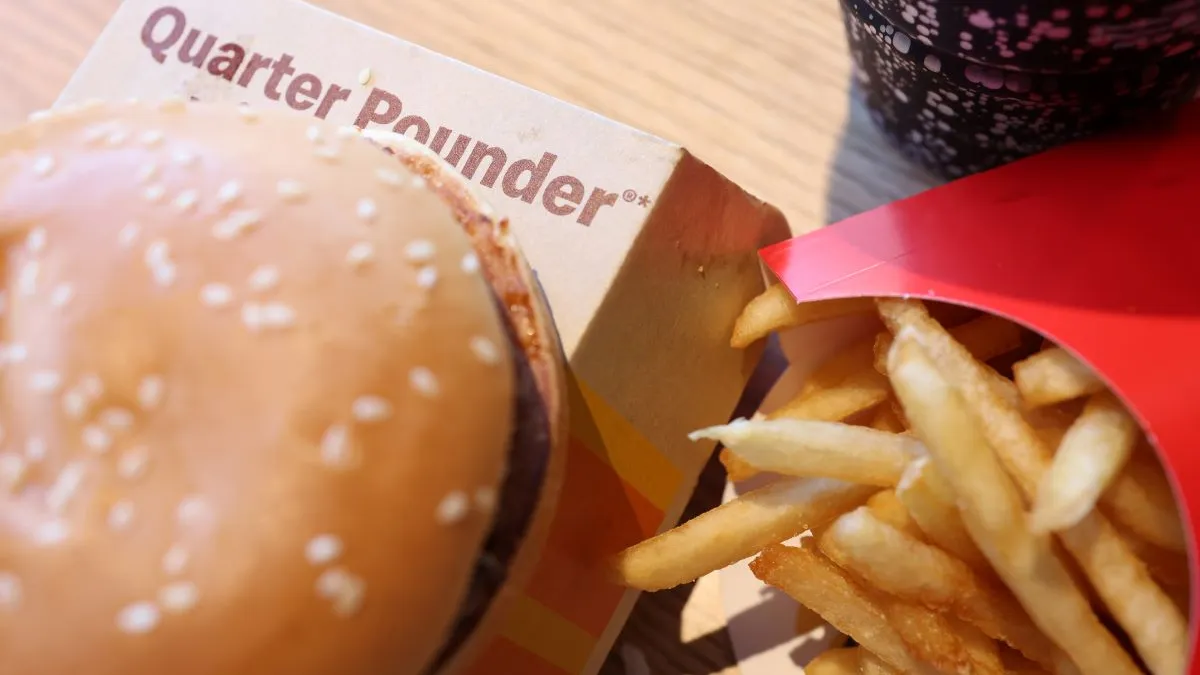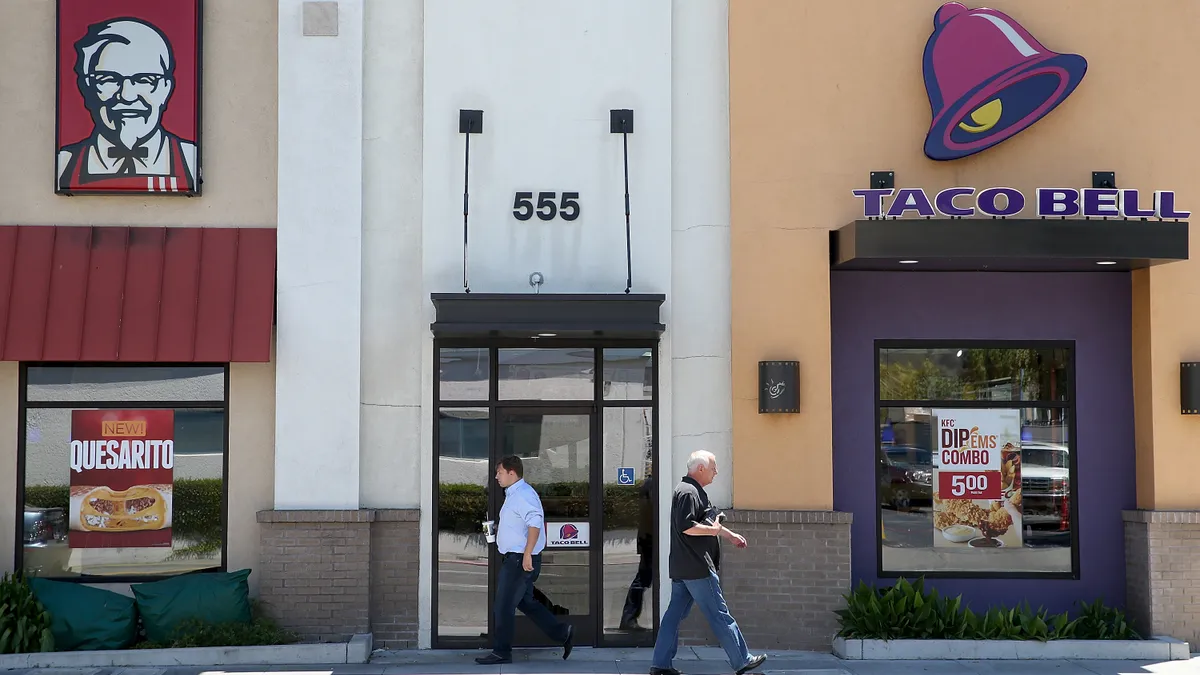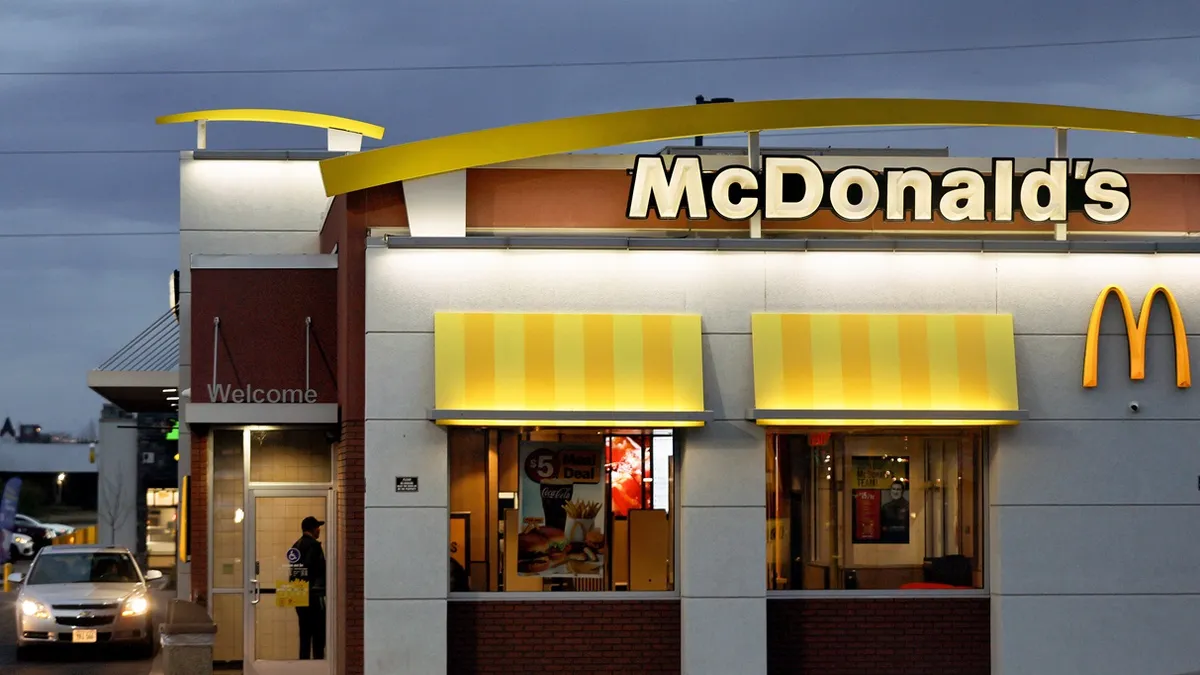In the final months of 2023 and in early 2024, American consumers began to balk at higher menu prices. As a result, traffic across a wide range of brands suffered, restaurant executives said in a half-dozen earnings calls this quarter.
“Every category in the industry from QSR on up had negative traffic in the quarter,” said Rick Cardenas, CEO of Darden, said during the company’s Q3 earnings call.
While a number of brands in lower price tiers, like Noodles & Company, saw same-store sales and traffic fall, casual and full-service dining establishments recorded the steepest declines, according to Black Box Intelligence.
“Outside of a couple of years around COVID, the category has — generally speaking — been down 2% to 3% pretty much every year that I can remember going back quite a ways,” Christopher Meyer, chief financial officer at Bloomin’, said in a recent earnings call.
Here’s what six casual dining companies had to say about 2023’s traffic woes, and 2024’s outlook in the most recent round of earnings calls:
Brinker International
At Chili’s, traffic fell 0.6%, said Joe Taylor, Brinker’s chief financial officer, on Brinker’s most recent earnings call. But that traffic loss resulted from a fall-off in virtual brand traffic, which accounted for a 2.5% traffic dip as Brinker has sunset or moved its virtual brands in-store.
“Excluding the traffic decline from virtual brands, Chili's base business traffic for the quarter was a positive 1.9%, a great indication the traffic-driving aspects of our strategy are resonating and attracting many new guests,” Taylor said.
Maggiano's 4.2% traffic slide offset its 10.5% menu price increase and 0.4% mix increase, Taylor said.
CEO Kevin Hochman said Brinker is looking to bring customers back with a strategic emphasis on value deals and advertising.
“Our advertising focus is on our unbeatable ‘3 for Me’ value platform, and that's resonating with the consumer,” Hochman said, referencing a deal that offers a Chili’s beverage, appetizer and entree at prices beginning at $10.99. “When we turn this messaging on, we are seeing noticeable lifts in traffic.”
Hochman cautioned, however, that consumers are trading up less frequently and ordering less alcohol, indicating a greater focus on value.
Bloomin’ Brands
Traffic at Bloomin’ was down year-over-year in Q4, though the company said it improved over the preceding quarter.
Its traffic decline — 3.1% in Q4 — represented a 160 basis point improvement over Q3, Christopher Meyer, Bloomin’s CFO said on the company’s most recent earnings call.
Meyer was not optimistic that traffic would grow much at all across Bloomin’s brands in 2024, but anticipated the company would outperform the rest of the casual dining segment.
“There's a pretty wide range of possible outcomes here. I'd say anywhere from flat, which I think is certainly doable, but also down to like, maybe down to 2%,” Meyer said in response to analyst questions about traffic forecasts. “We're going to start out in a little bit of a hole here in Q1 because of the weather from a traffic perspective,” Meyer said, apparently referencing a number of winter weather events in Q1.
Meyer identified Outback’s traffic, specifically, as an area where Bloomin’ needs to make changes. The company plans to close several dozen underperforming units and will renovate or relocate some of its older stores, which CEO David Deno expects will “unlock traffic growth, especially at Outback.”
First Watch
Not even First Watch, a fast-growing breakfast brand that notched impressive growth over the course of 2023, was immune to sliding traffic at the year’s end.
First Watch’s same-restaurant traffic slid 1.3% in Q4, driven primarily by weaker than expected off-premises traffic. The brand’s dining room traffic, however, was positive and improved sequentially from the third quarter, Mel Hope, CFO at First Watch, said on the brand’s most recent earnings call.
The chain will have to rely on pricing or mix to drive its same-restaurant sales in 2024 as it forecasts "flat to negative same-restaurant traffic,” Hope said. The chain expects to raise prices about 3% in 2024, giving it a potential same-store sales growth of 1% to 3%, depending on traffic.
Dine Brands
Dine Brands was able to use marketing and LTOs to drive traffic. CEO John Peyton singled out the Dollarita as a particularly strong promotion for Applebee’s, and all-you-can-eat pancakes as a strength for IHOP. But those promotions could not overcome overall conditions in casual dining.
“Both brands saw negative traffic for the fourth quarter,” Vance Chang, Dine’s CFO, said on the company’s earnings call.
Chang said that Applebee’s, in particular, outperformed BlackBox’s data for the casual dining segment.
“Guests limited their discretionary spend in response to economic pressures,” Peyton said. Menu price increases in Q4, Chang said, reached 2.7% for Applebee’s and 7.8% for IHOP year over year.
Dine is looking to menu innovation and promotions to cure its traffic woes, and is preparing to roll out some major menu changes at Applebee’s in 2024.
Peyton said the Dollarita promotion helped bring a younger portion of adult consumers to Applebee’s and drove strong food attach; 93% of Dollarita orders paired with at least one additional menu item.
A final traffic-boosting initiative for the company is its Dine-In loyalty offerings, including its IHOP loyalty program.
“The IHOP app is being downloaded 8,000 times per day,” Peyton said. “We are just beginning to scratch the surface in terms of the loyalty program’s ability to drive incremental traffic and sales.”
Denny’s
Q4 2023 saw Denny’s same-store traffic slide by about 6%, CFO Robert Verostek said on the chain’s earnings call. The diner chain’s consumer base is particularly value oriented, and thus sensitive to pricing.
“Half of our consumers [have] an income base of less than $50,000,” Verostek said.
Kelli Valade, the chain’s CEO, said Denny’s has seen its traffic share improve against the casual dining segment overall in recent months.
Denny’s is employing a barbell pricing strategy — simultaneously emphasizing premium items and value offerings — to minimize traffic erosion and to accommodate price sensitivity among consumers, Valade said.
“We now have a heightened focus on the [price] elasticity of certain menu categories and items,” Valade said. “The guest is still extremely sensitive to price increases.”
Darden
Darden’s CFO, Raj Vennam, told analysts that Olive Garden’s traffic was down 3.8% on Darden’s Q3 2024 earnings call, and that Longhorn Steakhouse saw its traffic slide in the mid-2% range.
Darden’s traffic was injured in part by cold weather in January, but — in a potentially ominous sign — that decrease persisted as weather eased.
“While February results improved, we experienced some underlying softness we had not seen in the months leading up to January,” Rick Cardenas, Darden’s CEO, said on the call. “The lower income consumer does appear to be pulling back.”
Cardenas, however, said the chain has spent the last couple years consistently pricing below inflation and that it has increased its performance relative to competitors.
“We're taking this price below inflation, having a great everyday value. And we think over the long term, that continues to build the value differential we have,” Cardenas said.



